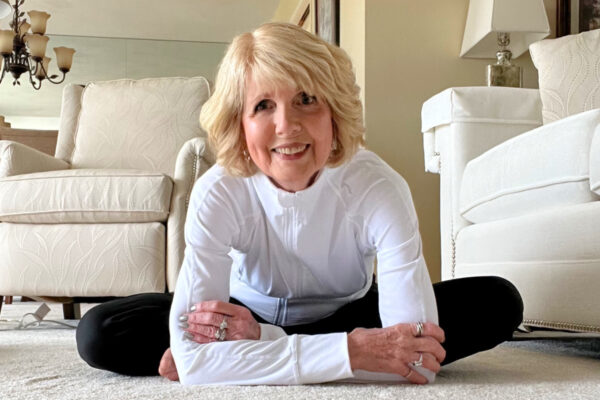In the early fifties, as a young boy, I crossed the Atlantic aboard a TWA Super Constellation propeller airplane, from Madrid. After many hours we landed at Idlewild Airport in New York.
A tallish, thin, blond young boy reached America and immediately felt at home.

I felt at home
“This is home at last”, I said to myself, and thus started my love affair with this country.
What was it about Idlewild, the Greyhound bus that took me to Pittsburgh, a nine-hour ride, the people around me… It was a feeling of contentedness, of a certain joy, of adventure and emotion.
All seemed new, fresh and different, so different from my adopted city of Madrid, where I have never truly felt at home to this day.
I had my first Coke, my second Coke, my third Coke during that long trip through Pennsylvania to Pittsburgh, the Smokey City, as it was then called.
I was better off than most because I spoke English and was able to understand and make myself understood to the astonishment of most natives.
Back in Spain, I had already read The Catcher in the Rye and What Makes Sammy Run? That had increased my vocabulary and knowledge of contemporary slang.
During my school years at Duquesne University I had little chance to speak Spanish.
There was practically no Spanish-speaking population in Pittsbugh and the word “Hispanic” or “Latino” had not been invented. That would come later.
In New York there were Puerto Ricans –referred to as Porto Ricans-… Remember West Side Story? Perhaps not, depending on your age.
There were also a few Mexicans in California and Texas. But that was over 60 years ago and a lot of water has gone under the bridge since then.
Also read: Why I refuse to be labeled Hispanic or Latino

Being bilingual and bicultural
As an undergraduate I soon realized that my Spanish was deteriorating. I had no contact with it, I did not read or study it and seldom did I write it.
What was the point, I thought, of learning one and losing the other?
So I took up Spanish Literature courses and became acquainted with Borges, Baroja, Mariano Azuela, Pérez Galdós, and through them I built up a decent vocabulary and phraseology.
Now I say that we learn languages listening; we master them through reading and writing.
A few years ago I visited Miami after many years away from the U.S. and upon landing, I was shocked. I thought I had taken the wrong plane and had ended up in Cuba or Santo Domingo.
Everyone seemed to speak Spanish as a matter of course, and that was my first inkling that things had changed in the United States.
Verbally I dwell in a two-story linguistic house
Let´s say that on the ground floor I have placed my Spanish language and that’s also where I keep the traditions, feelings, attitudes, fears, hatred, love and memorized poetry that I have been hoarding all my life.
Upstairs, I have the English language and tradition, the history, literature, feelings and likes and dislikes, and also the poetry I have committed to memory, that this tongue has fostered during my life.
And I go upstairs and downstairs often, running away or hiding in either one of those stories. When I become angry with Spaniards for whatever reason, I take refuge and solace upstairs, and vice versa, of course.
I might even have a linguistic split personality, who knows. But I even have a garret where I have stored linguistic odds and ends: French, Catalan, bits of German and Latin, a smattering of Portuguese.
Sometimes, I visit the attic and dust these languages and brush them up a bit and lament the lack of time to really bring them up to date.
To own this house is, I think, a blessing and I am very thankful for it.
I try to imagine those who must endure only one language and who think that it is the only reality and who cannot take refuge in another tongue, to see the world from a different point of view.
A pity, because all languages are sources of ceaseless wonder.





Leave a Reply